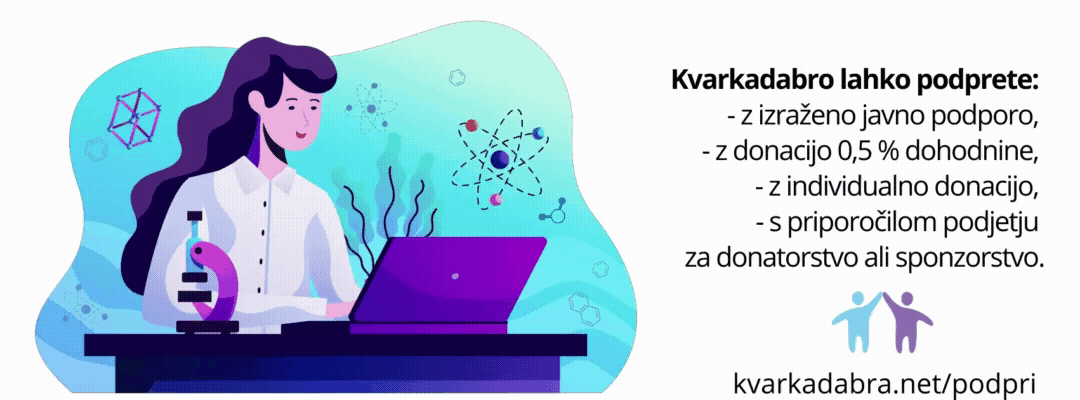V reviji Nature je objavljen daljši članek z naslovom How to build a better PhD. Tule je nekaj odlomkov:
The current graduate education system in many countries is based on an apprenticeship model, wherein lab heads train younger researchers in the craft of research. This system has been prominent since the 1800s, when the first ‘modern’ PhD was awarded by the University of Berlin. Although the scientific enterprise has changed dramatically since then, the PhD system has not.
Modernizing the PhD could improve training in areas of research ranging from reproducibility to experimental design and entrepreneurship. It could also help to solve the bottleneck problem by equipping doctorate holders with soft skills that make them more employable wherever they go. “We need to tailor graduate education to meet the needs of students without violating what it means to be a scientist,” says Alan Leshner, chief executive emeritus of the American Association for the Advancement of Science in Washington DC. …
There may be too many PhD graduates for academia, but there is plenty of demand for highly educated, scientifically minded workers elsewhere. So some scientists propose that the PhD should be split into two: one for future academics and a second to train those who would like in-depth science education for use in other careers. … But the split PhD could face challenges if the two tracks are valued in different ways: academics could view a vocational PhD as second-class, whereas tech companies could view an academic PhD as too abstruse for the real world. That could end up limiting the career options of doctorates rather than broadening them, says Hyman. Stanley counters that EngD students do not have that problem. “A couple of students a year find their way back into academia to conduct research,” he says.
Some scientists call for more drastic measures — cutting down the number of people who pursue a PhD. Siphoning off more students into master’s programmes is one way to reduce PhD numbers, says Bruce Alberts, professor of biochemistry and biophysics in the department of medicine at UCSF. A master’s can offer advanced scientific training that is sufficient for many careers, as well as a taste of research, in one or two years rather than the four or five eaten up by a typical PhD. “In an ideal world, everyone would go in for a master’s,” Alberts says. … But master’s programmes are no panacea. Unlike most doctoral students, master’s students in the United States and Europe are often required to pay for their tuition, and that could dissuade many from signing up. ….
At the heart of the problem, say scientists, is that the community is not discussing the PhD problem enough. “There is a reluctance from supervisors to tell undergrads and grad students the reality of the system,” says postdoc McDowell. “The misinformation exists because the system is worried about deflecting smart people from entering.” Although principal investigators acknowledge the difficulty of securing an academic position, the system worked for them and so it is tempting to tell students that they can do it too — just another experiment, another publication or another year, and you’ll get there.
In September, a group of high-profile US scientists (Harold Varmus, Marc Kirschner, Shirley Tilghman and Bruce Alberts, colloquially known as ‘the Quartet’) launched Rescuing Biomedical Research, a website where scientists can make recommendations on how to ‘fix’ different aspects of the broken biomedical research system in the United States — the PhD among them. “How can we improve graduate education so as to produce a more effective scientific workforce, while also reducing the ever-expanding PhD workforce in search of biomedical research careers?” the site asks.







